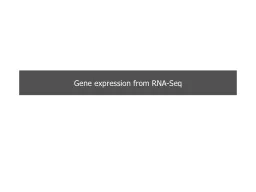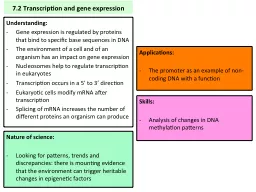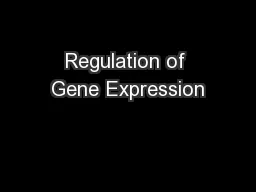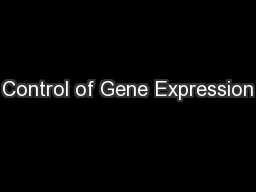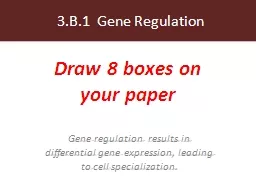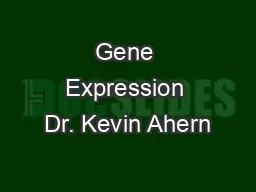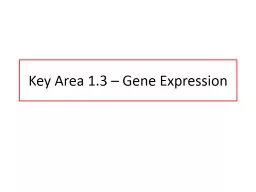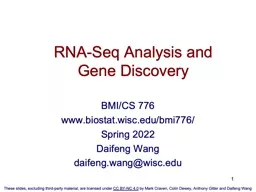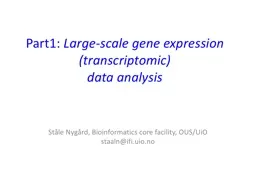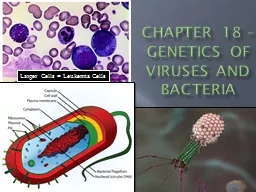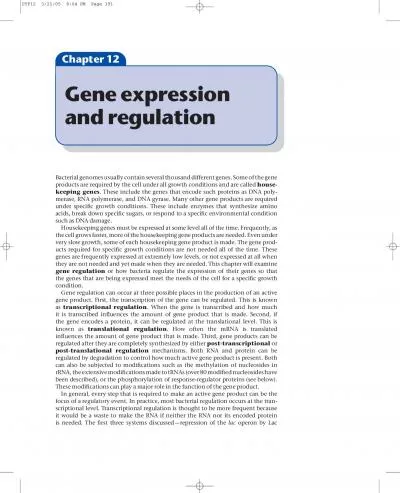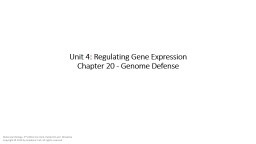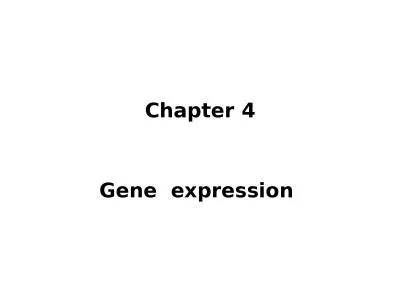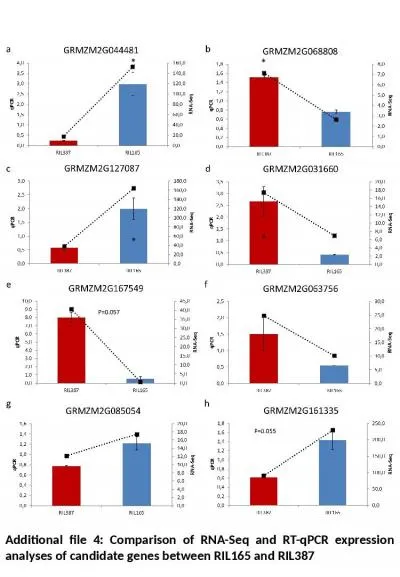PPT-Gene expression from RNA-
Author : layla | Published Date : 2022-07-26
Seq Sequenced reads cells sequencer cDNA ChIP genome read coverage Alignment Once sequenced the problem becomes computational Considerations and assumptions High
Presentation Embed Code
Download Presentation
Download Presentation The PPT/PDF document "Gene expression from RNA-" is the property of its rightful owner. Permission is granted to download and print the materials on this website for personal, non-commercial use only, and to display it on your personal computer provided you do not modify the materials and that you retain all copyright notices contained in the materials. By downloading content from our website, you accept the terms of this agreement.
Gene expression from RNA-: Transcript
Download Rules Of Document
"Gene expression from RNA-"The content belongs to its owner. You may download and print it for personal use, without modification, and keep all copyright notices. By downloading, you agree to these terms.
Related Documents

